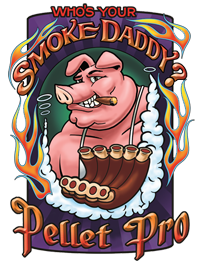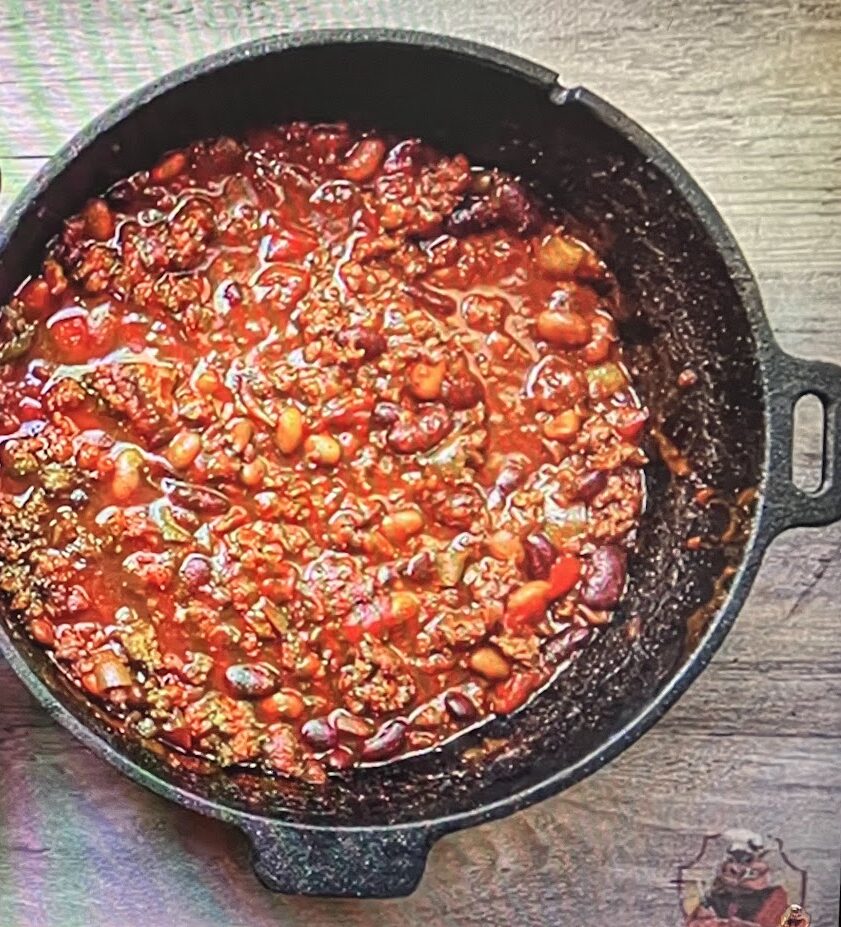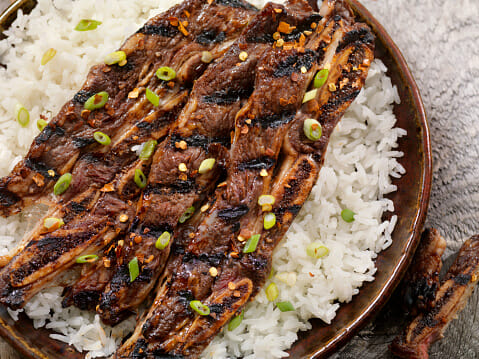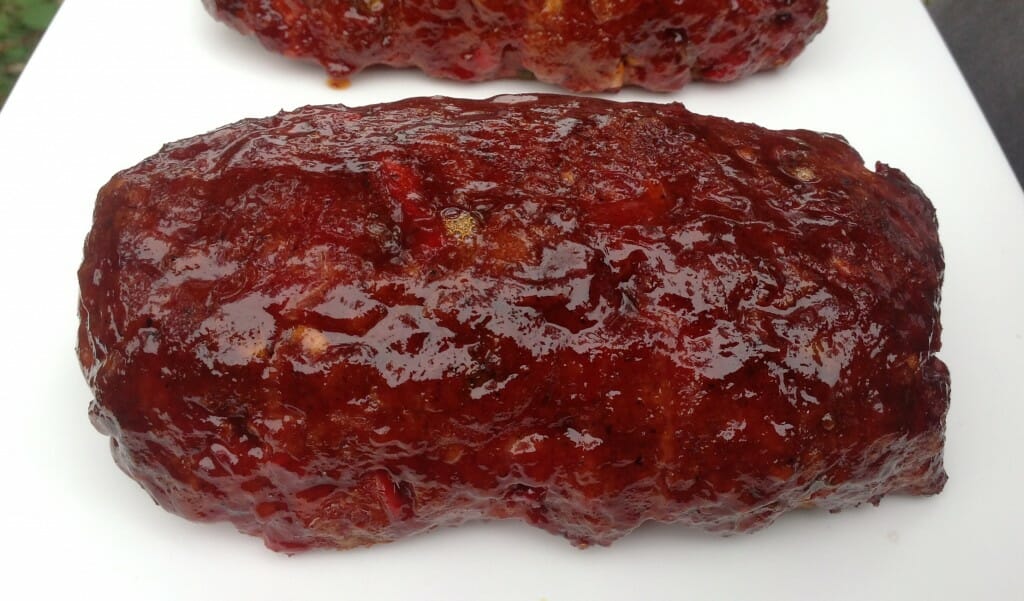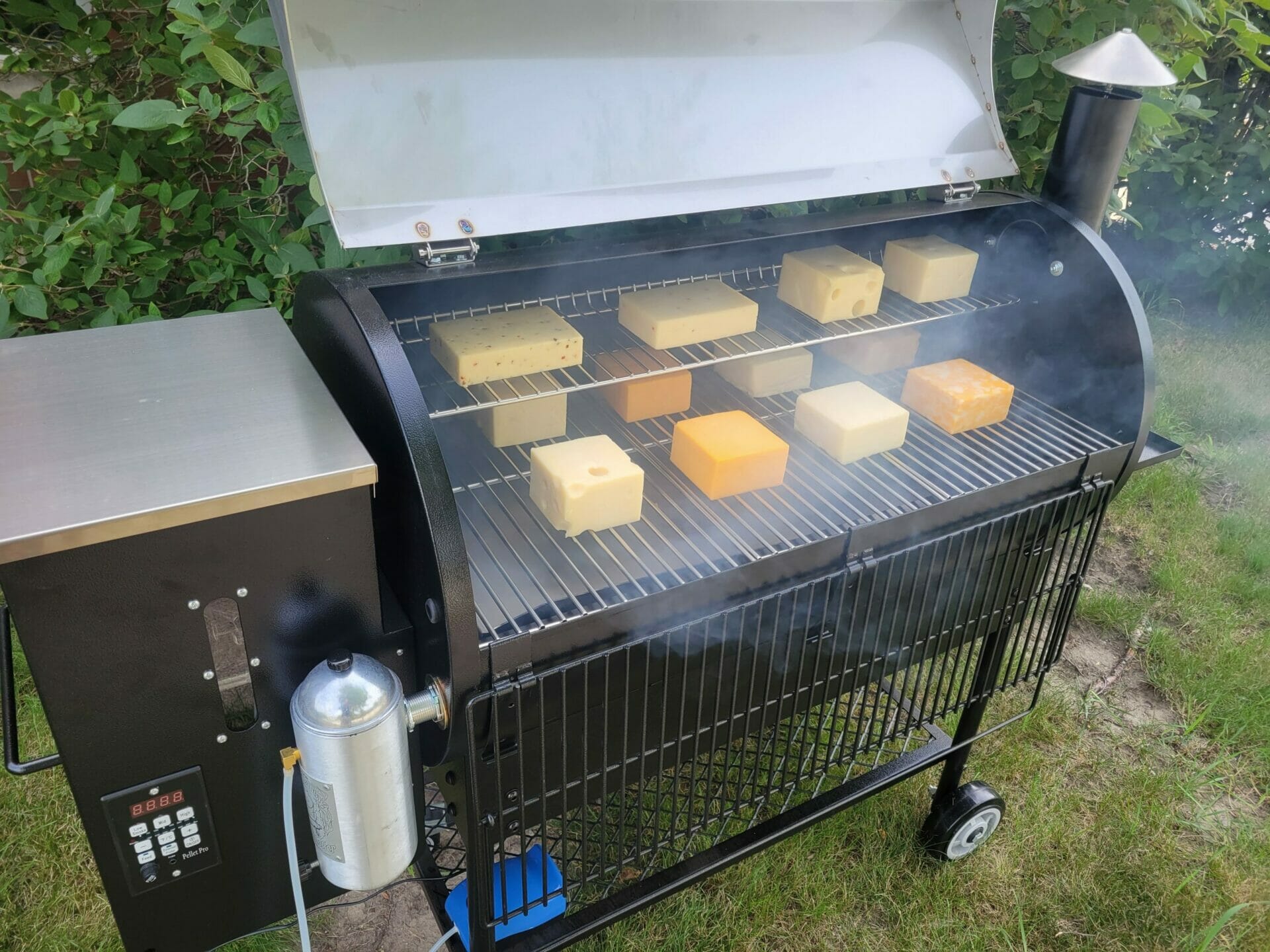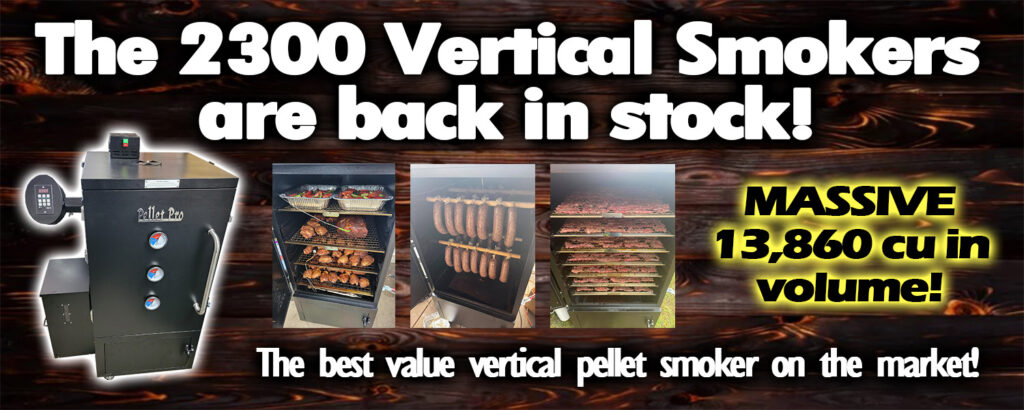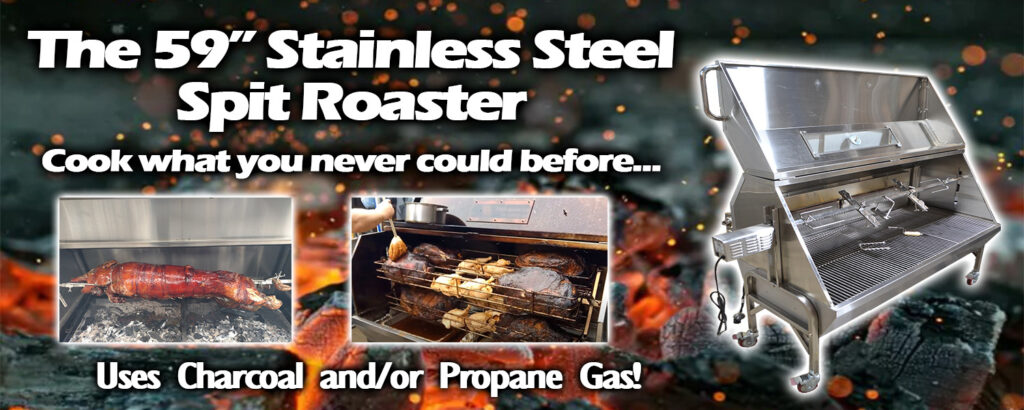Satirically referred to as the EZ bake oven of the smoking world. No self-respecting BBQ enthusiast or connoisseur would dare use a pellet grill right? Right? Except they are! Pellet grills are rapidly becoming one of the fastest growing trends in the outdoor cooking community. Their popularity is skyrocketing, and for very good reasons. They are able to give you the “kiss of smoke” with the convenience of an indoor oven. Pellet grills have even stormed the competition front while winning top prizes at numerous BBQ competitions.
Whether you are a weekend barbecue warrior or a seasoned barbecue veteran, investing in a pellet grill will be a life changing and meal changing experience for you and your family. In this article we will walk through a couple of the key elements of pellet smoking, and take a deeper dive into what really makes a pellet grill a pellet grill.
Airflow
One of the most important components in a wood burning pellet grill is airflow. If you are building a custom smoker or if you are planning on picking one up. You want to ensure that enough airflow is being distributed throughout the cooking chamber. Airflow is also so critical in a PID pellet smoker because the algorithm will always have to have a fire burning in the burn pot.
When building a custom smoker we typically suggest one pellet hopper for 10-15 cubic feet of cooking area. This size can also expand based on how well insulated the smoker is. With these units we recommend adding smoke stacks or a daisy wheel to the top of the smoker. If more airflow is required, we recommend adding standard floor vents to the bottom of the cooker. With insulated custom or off the shelf units, lack of airflow can cause the unit to run hot, or maintain temperature above what the PID controller is set to. In an off the shelf model this can typically be counteracted by propping the grills lid or door open about an inch.
Fuel
By the time you finally decide on the perfect pellet smoker, a lot if people tend to do little to no research on the best quality to use in that smoker. How much difference can different brands of pellets make? You might be surprised at the answer. Pellets act as both a fuel source as well as a flavor enhancer. pellets affect every aspect of your cook, from how well your food tastes to how efficiently the smoker runs. With this in mind, don’t just buy the pellets sold by the grill manufacturer or settle with the cheapest alternative. Make sure to spend a little extra time to research the different pellet manufacturers to ensure the most bang for your buck and the most efficient cook.
Heat
Now that you have decided on the perfect smoker and picked out the right pellets, it’s time to choose a cooking method. Are you a traditionalist with low and slow cooking, or are you more hot and fast new school cooking? Either way Barbecue is best enjoyed the way that you like to eat it with company that you enjoy.
The typical rule of thumb when cooking is that the thicker the cut of meat, the lower the temperature. The thinner the cut of meat, the higher the temperature. Hot and Fast is the preferred method for thin, skinny foods like skirt steaks or hamburgers. For this method you have to have the meat right over the heat source so it can do its job. On the flip side, the hot and fast method will burn the outside of the thicker cuts of meat and make them rough and chewy. For cuts of meat over an inch and a half thick low and slow is the way to go. This method cooks the meat from the inside creating the perfect “bark”. Low and slow cooking is used for cuts like brisket and pork butts.
Moisture
Moisture is one of the key ingredients that you won’t typically see listed in the ingredients of any recipe. It has always been a discussion throughout the barbecue community if you should use a water pan or not. In my opinion, it is definitely a necessity in thicker cuts of meat. If you are doing low and slow cooking a water pan is game changing. The water gives off steam which has multiple advantages to your smoking adventures.
Firstly, steam tenderizes tough meats. The collagen in the meats connective tissues needs moisture in order to dissolve and turn into succulent gelatin.
Secondly, the steam is going to help create a deeper “smoke ring”. The smoke ring is developed by the airborne dispersion of microscopic particles in a vapor of combustion gases. When these gases dissolve into the water on the surface of the meat, they prevent myoglobin, the red pigment in the meat, from turning gray, as it typically does when red meat cooks. Unfortunately the gases can’t penetrate deep into the meat’s surface because of the constant drying of the crust. Adding a water pan or even by mopping or spritzing can help this smoke ring penetrate deeper by keeping the meat’s surface moist and moving more smoke air into the meat.
Lastly, steam helps the smoke flavor adhere to the meat. In a cook filled with steam moisture condenses of the meat, cooling the meats surface. If aromatic smoke is also present, the smoke particles from the hotter air to the cooler surfaces through a process called Thermopherisis. this is a physical force that moves particles from warmer to cooler areas. When you keep the atmosphere in your cooker moist, the surface of the meat is constantly cooling and able to absorb more smoky flavor.
